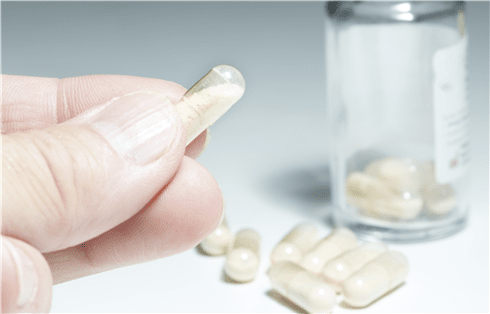
Immunotherapy, which uses immune pathways to treat cancer, is rapidly becoming an accepted cancer treatment after surgery, chemotherapy and radiation. Checkpoint blocking using monoclonal antibodies against cytotoxic T lymphocyte-associated protein […]

Janus kinases (JAKs) belong to the non-receptor tyrosine kinase family, and their JAK-STAT signaling pathway with signal transducers and activators of transcription (STAT) can affect cell proliferation, differentiation, apoptosis, and […]

Fostamatinib is the precursor drug of active metabolite R406. It is a Syk inhibitor with an IC50 value of 41 nM. It strongly inhibits Syk but does not inhibit Lyn. […]

Dabrafenib (GSK2118436) is a mutant BRAFV600-specific inhibitor, with an IC50 of 0.7 nM in cell-free assays. It shows 7-fold and 9-fold lower potency against B-Raf(wt) and c-Raf, respectively. Synthetic route: […]

Kinase inhibitors can be divided into monoclonal antibodies (mAbs) and small molecule kinase inhibitors (SMKIs) based on their structure and size. Monoclonal antibodies have achieved great success in the development […]

Existing research shows that nucleic acids can be used for the treatment of neurological diseases, cardiovascular diseases, and cancer, as well as for the prevention of chronic and infectious diseases. […]

B7-H3 and B7-H4 are type I transmembrane proteins belonging to the B7 family. Their abnormal expression is associated with many diseases such as colon cancer, breast cancer, liver cancer, and […]

Introduction to HER and ADCs Members of the human epidermal growth factor receptor (HER) family, including HER1 (EGFR), HER2, HER3, and HER4, play a core role in regulating cell proliferation, […]

Pfizer’s mRNA vaccine for COVID has reignited the passion for using ribonucleic acid (RNA) as a therapeutic target. However, targeting RNA with small molecules is extremely challenging. RNA only has […]

